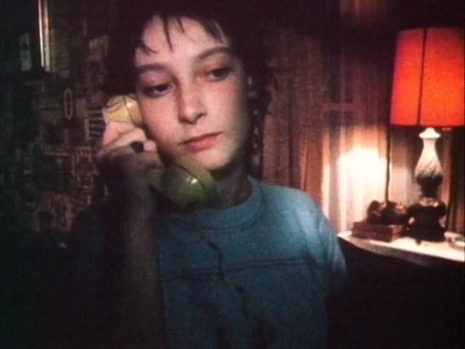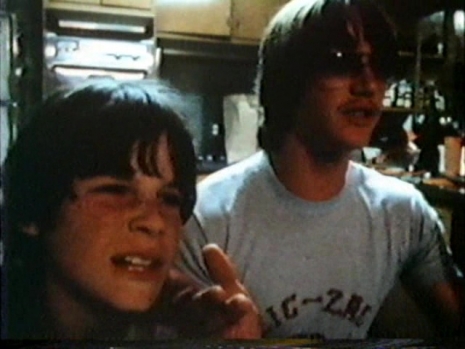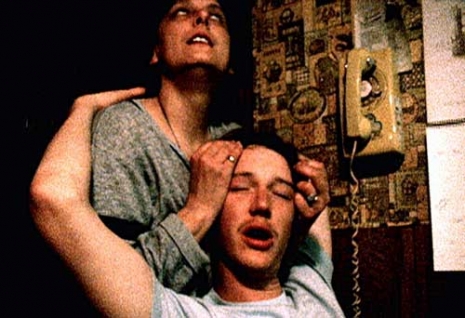
Seventeen is a made-for-TV documentary on American teenagers. Highly controversial before it even aired, it was pulled and never made it to the small screen. It went on to become an award-winning film.
Seventeen would’ve been the sixth installment in Middletown, a five-part documentary series on small town American life. Middletown was filmed in Muncie, Indiana, conceived as a follow-up to two Depression-era sociology studies that took place in Muncie, Middletown: A Study in Modern American Culture and Middletown in Transition: A Study in Cultural Conflicts. The series aired on PBS in 1982.

Seventeen is the work of filmmakers Joel DeMott and Jeff Kreines (note that DeMott is female, despite her traditionally male forename). The duo followed a group of Class of 1981 seniors during their final year at Muncie’s Southside High School. In the film, students mouth off to their teachers, curse up a storm, talk openly and graphically about sex, get drunk, get high, and are generally seen acting in an irresponsible fashion. Race relations is a recurrent topic—the language used will be shocking to the average viewer—with the threat of violence breaking out between black and white residents so frequent that it becomes unnerving. A number of students appear in Seventeen, but the focus is on Lynn Massie, a particularly outspoken and vivacious teen. Massie, who is white, is dating a black classmate, which is frowned upon by many in her community. At one point, racist neighbors burn a cross on the Massies’ front lawn.

As upsetting as cross burning is (though the Massies seem unsurprised by it), perhaps the most alarming sequence in the film takes place during a drunken house party. Amongst the high schoolers getting wasted is Lynn’s youngest brother—who can’t be more than twelve—who chugs beer after beer. When the keg runs dry, Lynn starts counting her cash for a beer run, when “Jeff” (likely filmmaker Kreines) is heard off-camera agreeing to chip in. Then Lynn’s mother appears in the room and it quickly becomes apparent that we’ve been watching a bunch of underage young people getting blotto at a party sanctioned by parents. Mrs. Massie even narcs on a couple of partygoers who didn’t pay the $3 cover. Unbelievable.

The most movielike instance in Seventeen occurs when, after the night of partying, the teens silently mourn the recent death of a friend while listening to music. It’s a moment in which it’s easy to forget that what’s happening on screen isn’t scripted—it’s real.

Seventeen is compelling cinéma vérité, for sure, but it just wasn’t the sort of thing that was seen on TV in 1982. Xerox, the corporate sponsor of Middletown, as well as PBS affiliates, had a largely negative reaction to Seventeen. There was also the threat of lawsuits from some of the Muncie residents who appeared in the film, and PBS likely had concerns that future federal funding could be cut. It’s unclear if Peter Davis, the producer of Middletown, pulled Seventeen, or if PBS president Larry Grossman gave it the ax, but on March 30, 1982, PBS announced the documentary wouldn’t air.
More after the jump…





